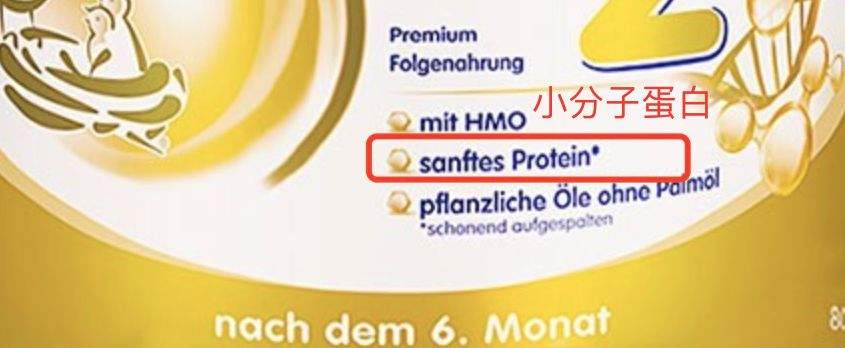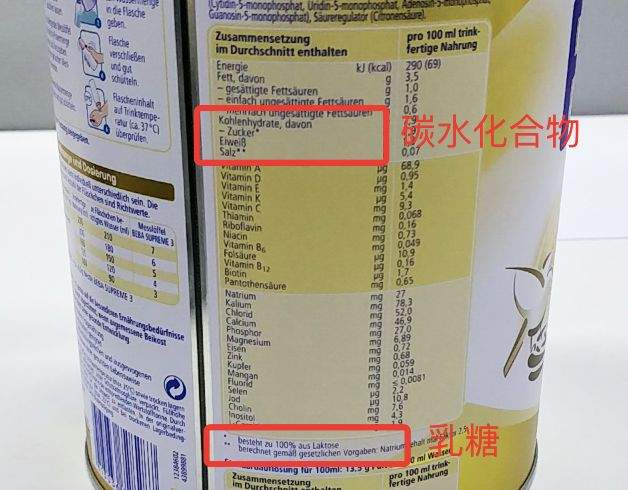Breast milk is the best food for babies, but some mothers cannot guarantee that they can breast-feed their babies exclusively due to illness, work and other reasons. At this time, formula milk has become a helpless choice.
During the [milk transfer] period from breast milk to milk powder, babies will always have various conditions, such as refusing milk, diarrhea, spitting milk, crying and so on. Let the already guilty mother, more anxious.
What is good about breast milk?
Compared with ordinary formula milk, breast milk is more suitable for the physical characteristics of the baby, so the baby may not adapt during the process of milk transfer.
1. That ratio of protein is more reasonable
No matter what kind of milk, it contains two main proteins: whey protein and casein.
The protein in breast milk is mainly whey protein. Whey protein is a mild protein, which is easy to digest and is easily absorbed by human intestinal tract. Among them, whey protein not only has certain antibacterial effect, but also plays a key role in lactose synthesis.
The protein in milk and some formula milk is mostly casein. Casein molecules are relatively large and can form large coagulation blocks under the action of gastric acid, which are not easy to be absorbed by infants’ intestinal tract.
Therefore, some babies may suffer from indigestion when drinking milk powder, and it is even more inappropriate to drink milk for babies under 1 year old.
2. Less salt and light kidney burden
Breast milk contains lower salts and electrolytes than milk, especially calcium, phosphorus and sodium. In addition, the utilization rate of zinc, iron, manganese and other elements in breast milk is relatively high.
These characteristics are helpful to reduce the kidney burden of infants and are more suitable for the underdeveloped kidney excretory system of infants.
3. Lactose Reduces Intestinal Infection
Lactose (-lactose B) is the main component of carbohydrate in breast milk, which not only provides energy, but also induces the growth of intestinal probiotics such as Bifidobacterium and promotes calcium absorption.
Lactose is more beneficial to infant health than sucrose and maltodextrin.
Maltodextrin, white granulated sugar and other nutritional values are not as high as lactose, and may also increase the risk of obesity and dental caries.
4. HMO Helps Intestinal Health
Breast milk oligosaccharide (HMO) is a group of complex sugars with very rich content in breast milk. It consists of more than 150 different oligosaccharides and is the third largest solid substance in breast milk, second only to lactose and fat.
At present, some studies have found that HMOs may play a role in promoting the growth of intestinal probiotics, preventing infection, preventing and reducing constipation, and promoting the healthy development of infants.
Choose formula milk and look at these ingredients.
There are compelling reasons. When formula milk is needed to replace breast milk, how can mothers recognize pearls in numerous and complicated products, and which bonus items can make babies less uncomfortable when drinking milk powder?
Generally speaking, when we choose formula milk, we can look at the following points:
1. That proportion of whey protein and casein is suitable
The ratio of whey protein to casein in breast milk is 60: 40, while that in ordinary milk is 18: 82. Milk powder should adjust the ratio of clear casein in milk to make it easier for babies to absorb.
When choosing milk powder, choose one close to the ratio of breast milk protein.
In the ingredient list on the milk powder can, you can see whether the front position is skimmed milk powder (or skimmed milk powder) or whey protein powder.

2. Contain small molecule protein or moderately hydrolyzed protein
Compared with homologous proteins in breast milk, proteins in milk belong to exogenous proteins, which may cause dyspepsia or allergy in babies.
For those whose parents suffer from allergic diseases, or whose mothers are always worried about some protein indigestion, they can choose moderately hydrolyzed protein milk powder.
This kind of milk powder is moderately hydrolyzed to reduce the molecular weight, so that the burden on the gastrointestinal tract of the baby is less, and it is more conducive to smooth absorption by the intestinal tract. It can prevent the baby’s protein allergy or relieve slight protein dyspepsia.

If the doctor thinks that there are high-risk allergic factors, or the doctor diagnoses the baby with milk protein allergy, he can choose moderate hydrolysis or deep hydrolysis milk powder under the guidance of the doctor according to the baby’s allergy.
3. High lactose ratio
Lactose is a kind of sugar naturally contained in breast milk, which only exists in mammalian milk in nature, hence its name.
The lactose content in breast milk is 7%, while that in milk is only 4.8%.
China clearly stipulates that the milk content of the first stage of ordinary formula milk powder must account for 90% or more of carbohydrate.

In addition, lutein,-carotene, nucleotides, taurine and other beneficial components can promote the development of brain cells and retina, improve thinking and memory, and can also be used as a bonus for milk powder selection.
Whether these ingredients are found in the formula milk and their content can be seen in the nutritional composition table of the milk powder packaging can.
